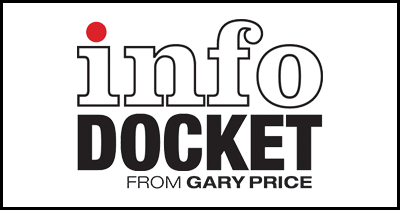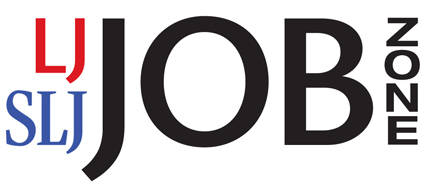New Digital Collection: George III’s Treasured Collection of Military Maps Made Publicly Available For First Time
From The Royal Collection Trust:
On 29 January 2020, the 200th anniversary of George III’s death, the King’s unparalleled collection of more than 3,000 military maps, views and prints in the Royal Collection will be published online, offering an extraordinary insight into the art of warfare and mapping.
The culmination of ten years of research by Dr Yolande Hodson to catalogue one of George III’s most prized collections, the new website makes these important documents publicly available for the first time and allows them to be explored in minute detail.
‘George III’s Collection of Military Maps’ presents a diverse range of material from the 16th to 18th centuries, from highly finished presentation maps of sieges, battles and marches, to rough sketches drawn in the field, depictions of uniforms and fortification plans, providing a vivid contemporary account of major theatres of war in Britain, Europe and America.
[Clip]
Highlights of the collection include two-metre-wide maps of the American War of Independence (1775–83). George III took a close interest in every detail of the war, from how many blankets were required by the British forces to the number of cannon in the French fleet. These vast maps were probably hung on purpose-made mahogany stands in Buckingham House, enabling the King to follow the steady erosion of his hold on the American colonies. A map of the final British defeat at the Battle of Yorktown in 1781 is the only known copy to survive outside the USA. An annotation by the American mapmaker marks ‘The Field where the British laid down their Arms’.
In 1766 the Scottish military engineer William Roy wrote to George III proposing a national survey of Britain based on his map and survey experience during the Seven Years War (1756–63). This memorandum, which survives in the Royal Archives, is regarded as the founding document of the Ordnance Survey. The King was very keen on the idea, visiting Hounslow Heath in 1784 to watch the preliminary setting out of a baseline. He also paid for the construction of the Ramsden theodolite, the most accurate surveying instrument of its time. Several unique examples of Roy’s maps from the Seven Years War survive in the Royal Collection and can now be viewed on the website.
Direct to Digital Collection: George III’s Collection of Military Maps
Learn More About the Collection, Read the Complete Launch Announcement
Media Coverage: George III’s American War of IndependenceMaps Go Public (via Reuters)
Filed under: Archives and Special Collections, Maps, News
About Gary Price
Gary Price (gprice@gmail.com) is a librarian, writer, consultant, and frequent conference speaker based in the Washington D.C. metro area. He earned his MLIS degree from Wayne State University in Detroit. Price has won several awards including the SLA Innovations in Technology Award and Alumnus of the Year from the Wayne St. University Library and Information Science Program. From 2006-2009 he was Director of Online Information Services at Ask.com.



